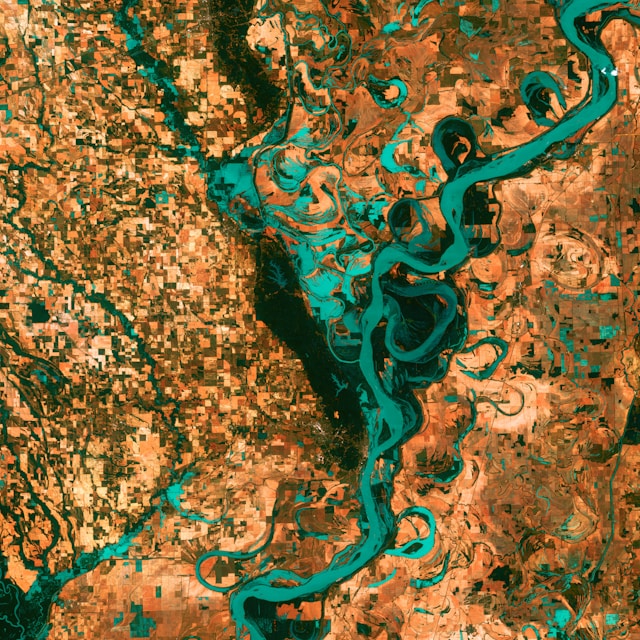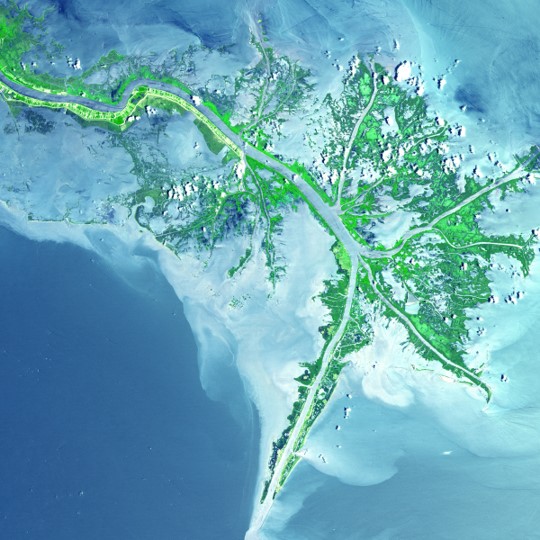We study how coastal and riverine landforms develop to understand the drivers that create the landscape we are living in today. Especially, the impacts of living organisms, e.g., salt marshes, mangroves, worms, biofilms and humans, shape this world continuously, but we scientists still do not fully understand how. The mission of our lab is to develop and apply numerical eco-morphodynamic models that couple physical processes like hydrodynamics, sediment transport and morphodynamic change with the ecological and biological processes of various species that change the physical environment. This allows us to understand how vegetation and other organisms determine the geomorphic evolution of our rivers, deltas and estuaries, and in turn how their ecosystems respond to environmental change.
To achieve this, we use models, such as Delft3D, ANUGA, and dorado, and combine them with dynamic ecological models in MATLAB and Python to investigate how organisms change the physics that shape our coasts and rivers. At the same time, this allows us to estimate how those changes affect species abundance and habitat suitability. We validate our models using field and satellite data and collaborate with scientists across the world to share knowledge, insights and ideas to move science further.
Thanks to our models, we can contribute a process-based understanding of how landforms in Louisiana and globally are likely to change in the future. Our insights are useful to inform the design and implementation of novel restoration techniques and nature-based solutions, and guarantee the long-term functioning of our diverse riverine and coastal landscapes as well as of their ecosystems.

Mississippi River at the border of the states of Arkansas and Mississippi. Oxbow lakes
and cut-offs indicate the dynamic past of the largest river in North-America.Photo Credit: USGS

Birdfoot Delta in the Mississippi River Delta. Fluvial sediments coming from the main channel create a network of secondary channels and deltaic islands that host saltmarshes and grasses.Photo Credit: USG